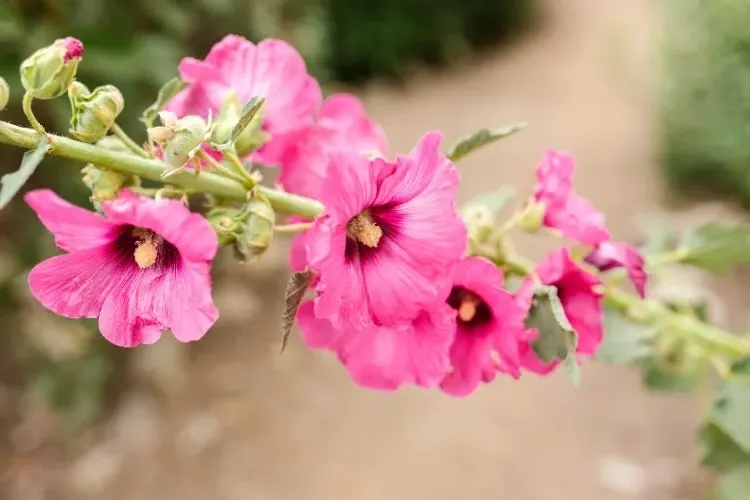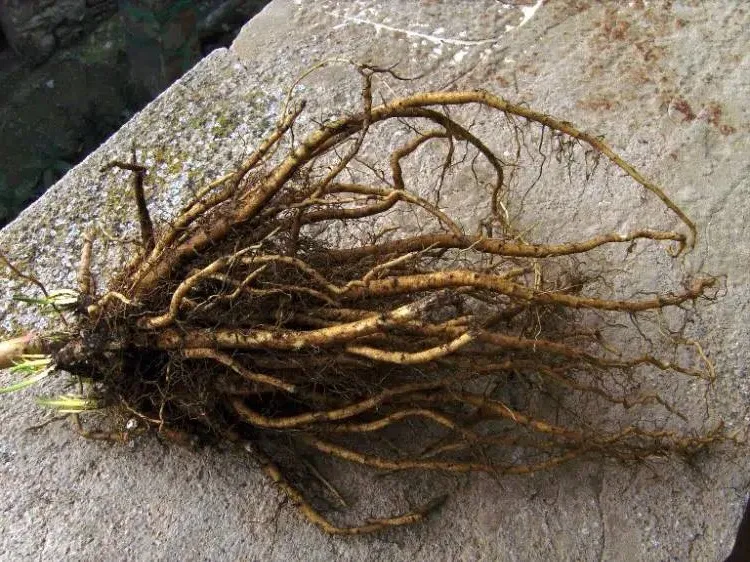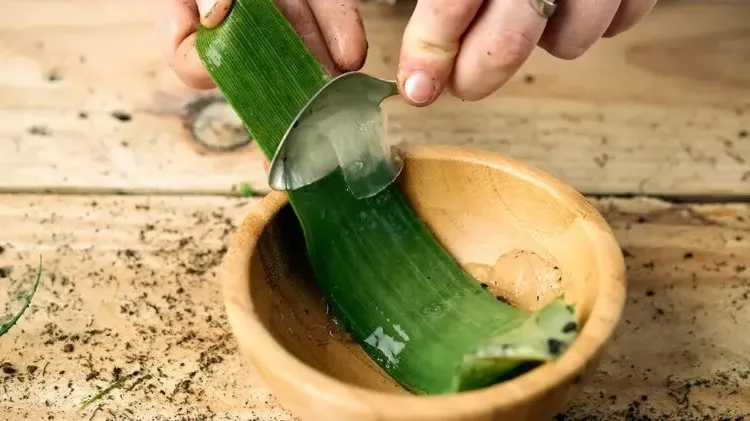Famous for its unassuming character, the hollyhock is one of the most common flowering plants in gardens all around the world. As it is very high, you can also use it to hide your garden from the eyes of neighbours. But how to multiply it to make your green wall denser? Here’s how to take hollyhocks cuttings!
The hollyhock, also known as stick rose, passerose, primrose or Jacob’s stick, is a flower that is very easy to maintain. There are more than 60 varieties, but most of them are biennials, that is, they live for two years. In the first year, the plant develops its foliage. In the second year, it begins to produce flowers and seeds. If you already have it in your garden, it will easily multiply on its own. But most people prefer to harvest and sow hollyhock seeds. When done in winter or early spring, it can alter the natural cycle of the plant. What does that mean? If you harvest and help the seeds grow, hollyhocks begin to behave like short-lived perennials and bloom in the first year.
However, propagation from cuttings has a higher success rate than propagation from seeds. The downside is that it takes longer. If you decide to give it a try, here are the steps to follow in order to take hollyhock cuttings the right way:
Also read: How to Take Honeysuckle Cuttings in Winter? All You Need to Know to Succeed
How to Take Hollyhock Cuttings?
In the case of the hollyhock, propagation is by cutting from the roots of an adult plant. Here is a step-by-step guide that will guarantee you results:
Choose the right plant. The mother plant should be healthy and show no signs of disease. Don’t try to save a dying plant by cutting it, as the root could pass the problem on to the new plant.
Remove the roots. Using a spade, dig around the base of the hollyhock to remove all of the root ball.
Select a root. Look for healthy, fleshy roots, with the thickness of a pencil, at least a few inches long. Avoid thin or damaged roots.
Cut the root. Using sanitized shears or scissors, cut the selected root segments into sections about 5-10cm long. Each root cutting should have at least one bud or “eye”.
Use rooting hormone. You can dip the cut ends of the root segments in rooting hormone to promote the development of new plants. This step is optional, but will increase your chances of success.
Plant the root cuttings. Fill the pots with well-drained potting soil. Poke holes in the ground using a pencil or your finger. Next, insert the root cuttings vertically into the holes, with the bud end up and the cut end down. Plant them at a depth of about 4 cm.
Create a mini greenhouse. Cover the pots with plastic bags or plastic wrap to create a moist environment that helps retain moisture and facilitates rooting.
Caring for hollyhock cuttings. When the hollyhock cuttings are ready, place them in a bright spot, but never in direct sunlight. Check regularly that the soil remains moist, but not soggy.
Once the root cuttings start to sprout, remove the plastic wrap and fertilize them. This usually happens after 3–4 weeks.
Also read: Should You Cut Back Hollyhocks? When and How? My Grandmother’s Advice for Prolonging Flowering
Which Rooting Hormone to Use?
Using a rooting hormone can naturally stimulate root development and help prevent fungal problems. For this, you can use the following homemade products:
- Willow water
- Honey and water solution
- Aloe vera gel
- Cinnamon powder
- Apple cider vinegar and water mixture
How to Take Hollyhock Cuttings: The Best Time to Do It
The best time to take hollyhock root cuttings is during dormancy. The exact time can vary depending on where you live, but is usually chosen when the plant has finished flowering for the season. This period is usually between October and December.
Want to grow more plants from cuttings in your garden? Here are 10 flowers and herbs that can benefit from this method.



